The aroma of freshly brewed coffee wafting through your home, the sound of beans grinding, and the anticipation of that first sip – are just a few of the sensory delights fueling the ripe home coffee culture.
With the desire for specialty coffee and the ever-increasing cost of café-bought beverages, more people are turning to their kitchens for personalized coffee setups.
But a coffee station is more than a corner of your kitchen; a well-stocked station allows you to explore the nuances of different brewing methods, experiment with diverse beans, and create café-quality beverages tailored to your taste preferences. It’s about curating an experience beyond simply brewing coffee – savoring the entire process, from bean to cup.
But what exactly constitutes a well-stocked coffee station? It’s not having the most expensive equipment or the trendiest accessories, it’s having the right tools empowering you to brew the perfect cup, every single time.
Whether you’re a seasoned barista or a curious novice, this guide will walk you through the essential items to reshape your setup into a refuge for coffee lovers.
The Coffee Maker: The Heart of Your Station
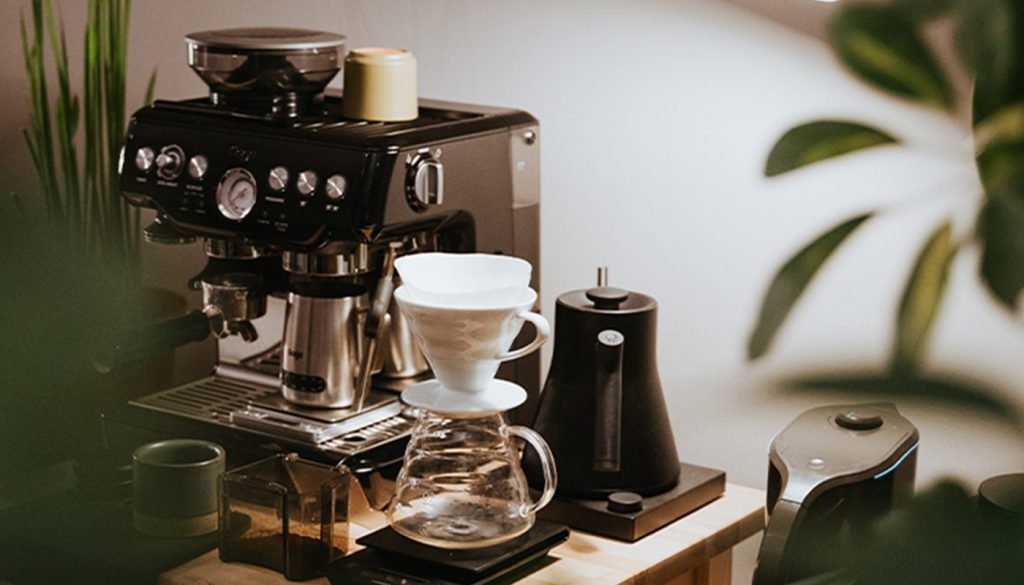
The coffee maker is the foundation of any coffee station, the engine transforming beans into your daily elixir. But with a dizzying array of options, how do you choose the one that’s right for you? Let’s dive into the pros and cons of the most popular types to aid you in making an informed decision.
Drip Coffee Makers:
- Pros: Simple to use, brews large batches quickly, affordable options abound.
- Cons: Can produce weaker coffee, less control over brewing variables, may not extract full flavor potential.
French Press:
- Pros: Full-bodied, flavorful coffee, simple to use and clean, portable.
- Cons: Requires a coarser grind, can be messy, not ideal for large batches.
Pour-Over:
- Pros: Clean, nuanced flavors, allows for precise control over brewing variables, ritualistic brewing process.
- Cons: Steeper learning curve, requires separate filters, not as fast as other methods.
Espresso Machine:
- Pros: Produces rich, concentrated espresso, versatile for varied drinks (lattes, cappuccinos), professional-grade coffee at home.
- Cons: Can be expensive, requires practice and more experience, additional equipment like grinders are often necessary.
If you’re a busy individual who craves convenience, a programmable drip coffee maker might be your best bet. For those who enjoy a hands-on, ritualistic brewing process, a pour-over setup could be more fulfilling. Whereas if you’re an aspiring home barista who loves espresso-based drinks, investing in a quality espresso machine might be worth it.
The Grinder: Freshness is Key
The moment beans are ground, they begin to release their aromatic oils and volatile compounds, the very essence of flavor. Pre-ground coffee, however convenient, loses these elements rapidly, leaving you with a dull and lackluster cup. Grinding your beans just before brewing ensures you’re capturing the peak of their flavor potential. The choice of grinder plays a crucial role in this process. There are two main types: burr grinders and blade grinders.
Burr Grinders: These use two revolving abrasive surfaces (burrs) to crush the beans uniformly, resulting in consistent particle sizes. This consistency is key for even extraction and optimal flavor.
Blade Grinders: These operate like a propeller, chopping the beans into uneven pieces. This inconsistency can lead to over-extracted (bitter) or under-extracted (sour) coffee, depending on the particle size.
While burr grinders are generally recommended for their performance, blade grinders can be a budget-friendly option for casual coffee drinkers.
If you’re serious about coffee, investing in a quality burr grinder is a game-changer. But even a modest manual grinder can heighten your brewing experience compared to pre-ground coffee. Remember, freshness is fleeting. By grinding your beans just before brewing, you unlock a symphony of flavors and aromas that otherwise remain dormant. So ditch the pre-ground coffee and welcome the power of a good grinder.
The Beans: Choosing Your Brew
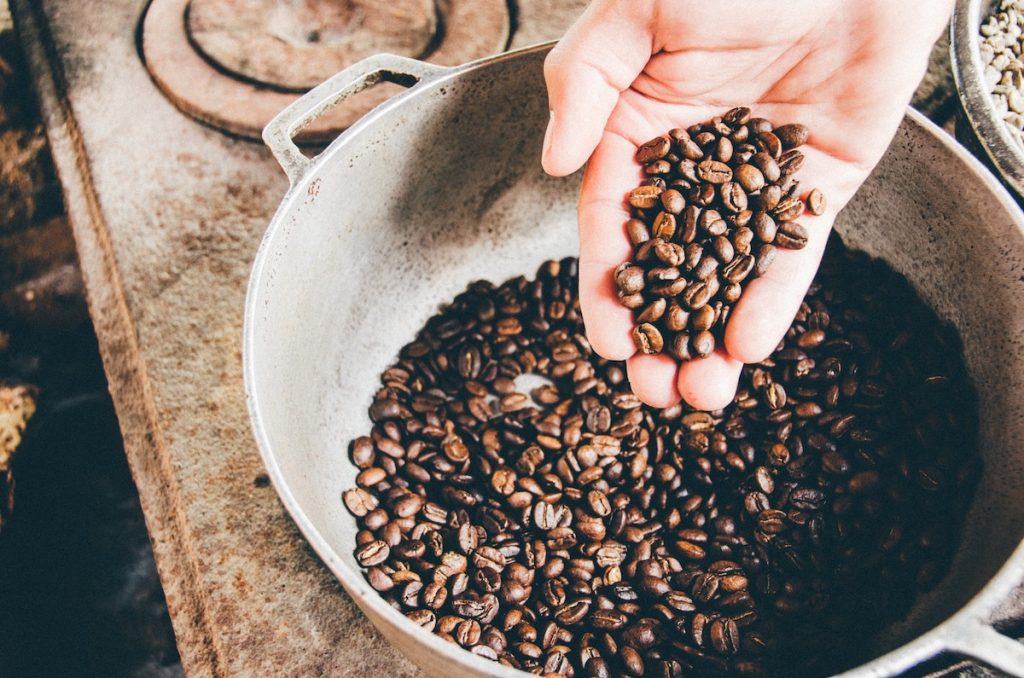
With a vast array of varieties, origins, and roast levels, choosing the right beans can feel like navigating a labyrinth of flavor. Let’s unravel the riddles of coffee beans, providing the insights to select the ones that ignite your taste buds.
Arabica vs. Robusta: These are the two primary bean types, each with distinct characteristics. Arabica beans are prized for their nuanced flavors, ranging from fruity and floral to chocolatey and nutty. Robusta beans, on the other hand, pack a punch with their higher caffeine content and robust, earthy notes. Most specialty coffee shops and roasters focus on Arabica beans, while Robusta is often used in blends or for instant coffee.
Roast Level: The roasting process transforms green coffee beans, unlocking their flavors and aromas. Light roasts retain more of the bean’s original elements, offering bright acidity and delicate flavors. Medium roasts balance between acidity and body, with notes of caramel and chocolate often emerging, while dark roasts boast a smoky, bittersweet flavor with lower acidity and a fuller body.
Origin: Just like wine, coffee beans reflect the terroir of their origin. Beans from Ethiopia often display vibrant floral notes, while those from Brazil offer a nutty sweetness. Exploring beans from different regions is a journey of discovery, allowing you to experience the flavors coffee has to offer.
Single-Origin vs. Blend: Single-origin coffees showcase the qualities of a specific region or farm, offering a pure expression of terroir. Blends, on the other hand, combine beans from different origins to form a more complex and balanced flavor profile. Both have their merits, and the choice depends on your preference for adventure or consistency.
Finding Your Flavor: The most exciting part of the coffee journey is discovering the beans that resonate with your palate. Don’t be afraid to experiment; try a light roast from Ethiopia, a medium roast from Colombia, or a dark roast from Sumatra. Sample single-origin coffees and explore blends from different roasters. Pay attention to tasting notes, but ultimately trust your taste buds.
Storage Containers: Keeping Things Fresh

What good are ideas for a coffee bar if your ingredients are stale and lifeless? Storage containers play a crucial role in protecting your beans from their mortal enemies: oxygen, light, moisture, and heat. Exposure to these elements can quickly degrade the quality, leading to a dull and disappointing brew.
Why Airtight Matters
Oxygen is the arch-nemesis of coffee freshness. It triggers oxidation, a chemical reaction breaking down the volatile compounds responsible for coffee’s complex aromas. To combat this, airtight containers create a barrier shielding your beans from oxygen, slowing down the aging process and preserving vibrancy.
Light and Heat: The Flavor Faders
Light and heat accelerate the deterioration of beans, causing them to lose their aromatic oils and become rancid. Storing your beans in a cool, dark place, away from direct sunlight, is essential to maintain quality. Opaque containers further protect the beans from light damage, ensuring they stay fresh for longer.
Moisture: The Silent Spoiler
Moisture can wreak havoc on beans, promoting the growth of mold and bacteria. It can also alter the beans’ chemical composition, leading to a loss of flavor. Therefore, it’s essential to opt for storage containers that effectively seal out moisture.
Container Recommendations
For optimal storage, look for airtight containers made from materials like glass, ceramic, or stainless steel. These are non-reactive and won’t impart any unwanted flavors to your beans.
- Whole Bean Storage: Choose a container with a valve releasing carbon dioxide (a natural byproduct of roasting) without letting oxygen in. This helps to maintain freshness and prevent the container from bursting due to pressure buildup.
- Ground Coffee Storage: Opt for a smaller container to minimize the amount of air inside. Since ground coffee deteriorates faster than whole beans, it’s best to grind only what you need for each brew.
Beyond Beans
Airtight containers can also be used to store sugar, creamer, and other coffee accessories. Mason jars, canisters with tight-fitting lids, or even repurposed food containers can be great options.
Additional Accessories: Elevating Your Brew
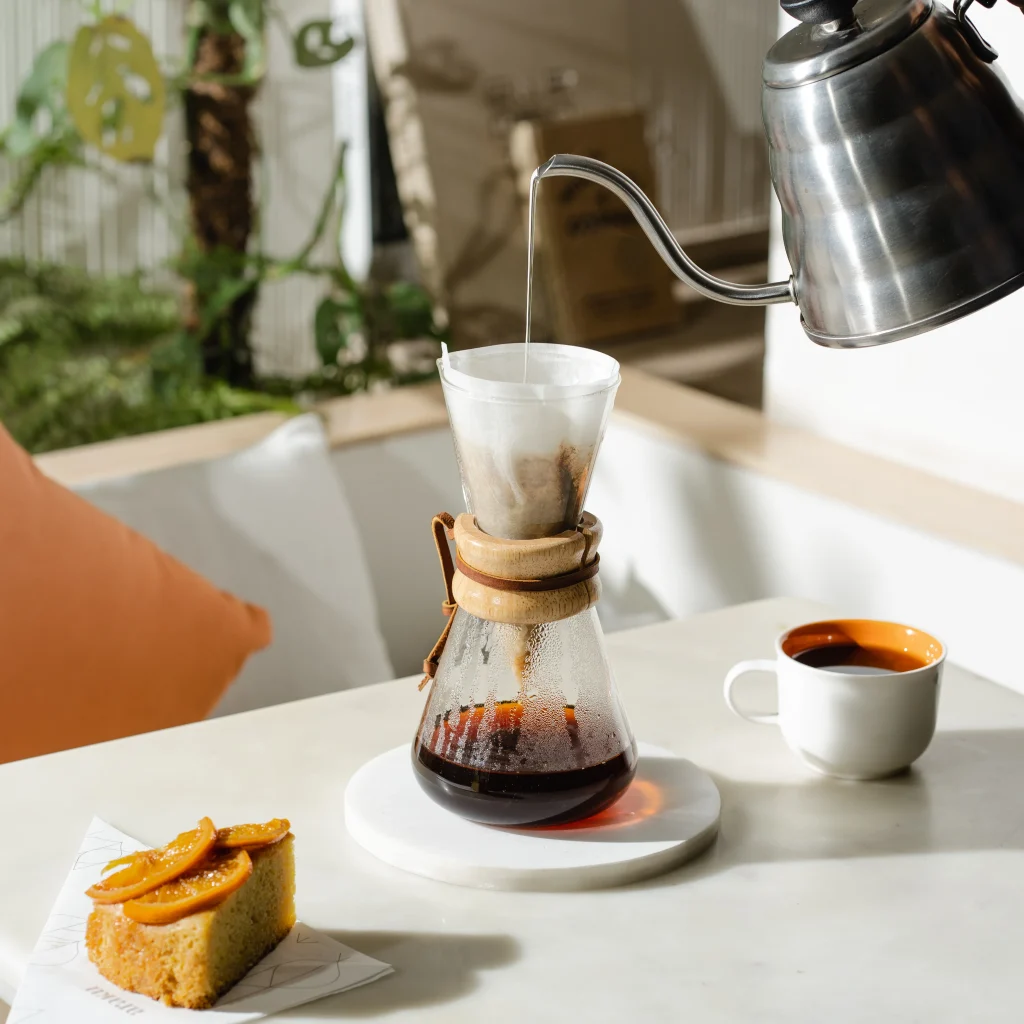
While the essential tools we’ve discussed so far are the backbone of your coffee, a few additional accessories can aid your brewing ritual, allowing you to unlock hidden flavors for a personalized coffee experience.
- The Distribution Tool or WDT Tool: This simple yet ingenious tool ensures an even distribution of coffee grounds in your portafilter or brewing device. An uneven bed of coffee can lead to channeling, where water finds the path of least resistance, resulting in under-extracted pockets and a less flavorful cup. A WDT tool helps to prevent this for a uniform surface for optimal extraction.
- The Tamper: For espresso enthusiasts, a tamper is indispensable. It’s used to compress the coffee grounds in the portafilter, forming a puck offering the right amount of resistance to the water. A well-tamped puck assures even extraction and a rich, flavorful espresso shot. Look for a tamper with a comfortable handle and a base that fits your portafilter.
- Knock Box: This sturdy container provides a designated spot to knock out used coffee pucks from your portafilter. It helps keep your workspace clean and tidy, while also reducing the mess while minimizing waste.
- Coffee Thermometer: Water temperature plays a crucial role in the extraction process. Too hot, and you risk scorching the coffee, resulting in bitter flavors. Too cold, and you’ll under-extract the coffee, leading to a weak and sour cup. A coffee thermometer allows you to monitor the water temperature precisely, ensuring you’re brewing at the optimal range for your chosen method.
- Milk Pitcher: If you’re a fan of lattes, cappuccinos, or other milk-based drinks, a milk pitcher is essential for steaming and frothing milk. Look for a pitcher with a spout designed for latte art.
Final Thoughts
A coffee station is more than just a collection of gadgets; it’s a portal to of flavor, aroma, and ritual. By investing in the essential tools discussed – a reliable coffee maker, a quality grinder, fresh beans, appropriate storage containers, and additional key accessories – you’re not just making coffee; you’re crafting an experience.
Remember, this is just a starting point. Let your creativity flow as you curate a setup reflecting your style and preferences. Perhaps you’ll add a vintage coffee grinder, a collection of unique mugs, or a shelf of your favorite coffee-related books. As you embark on your coffee journey, recognize that maintenance and organization are key to seamless brewing. Clean your equipment regularly, store your beans properly, and arrange your tools in a way that makes brewing a joy.





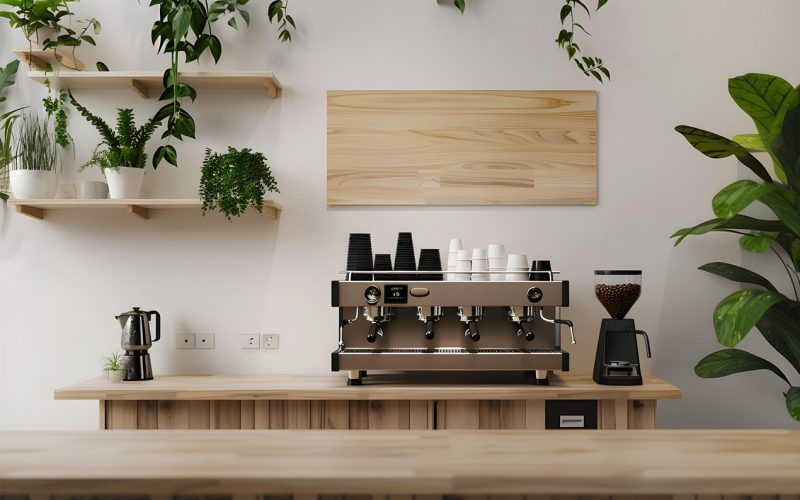
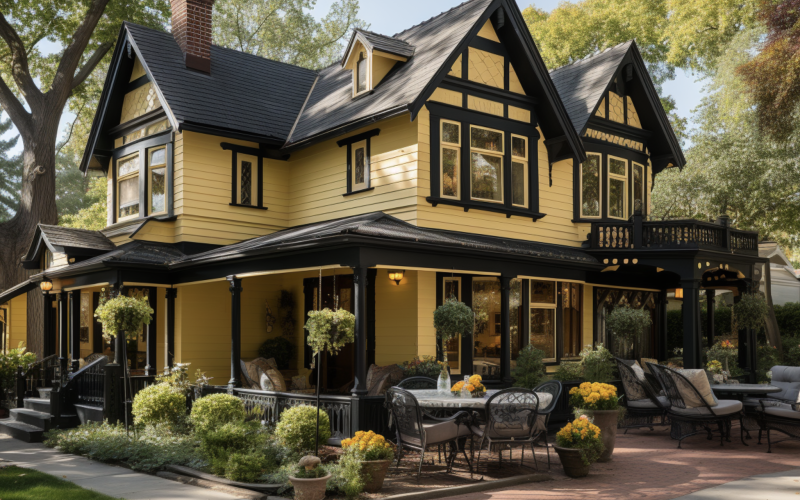
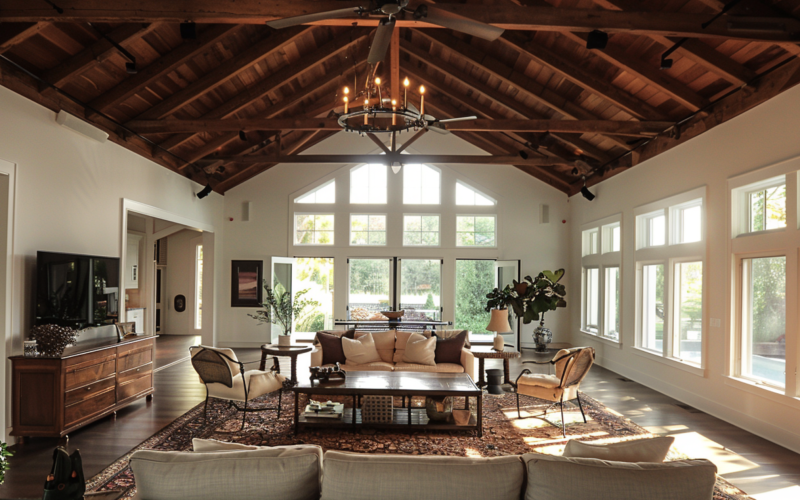
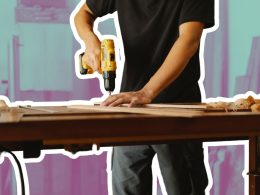
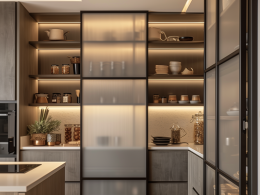
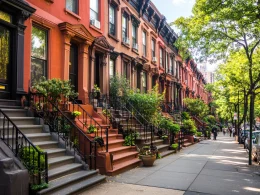
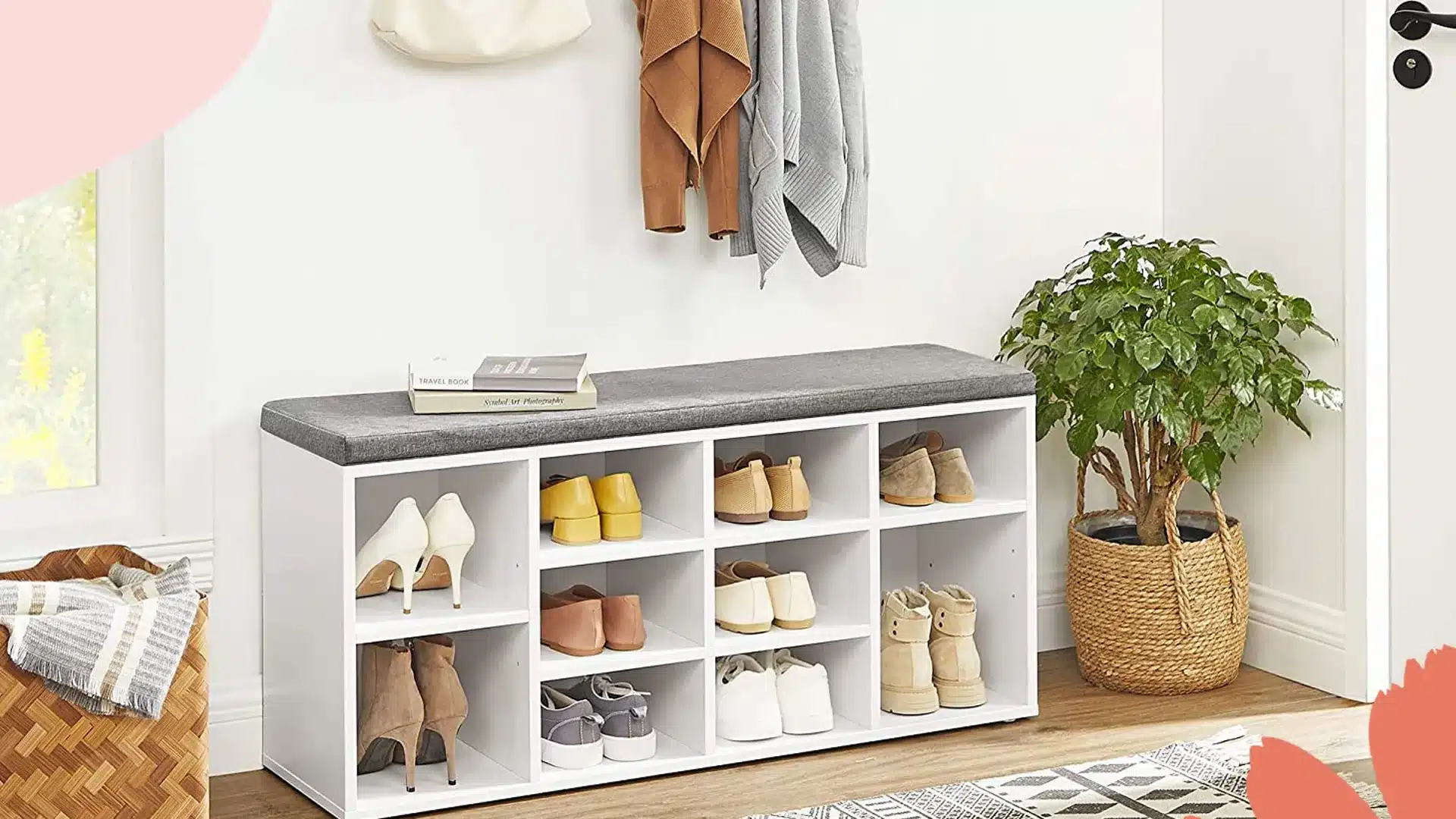
Comments 1